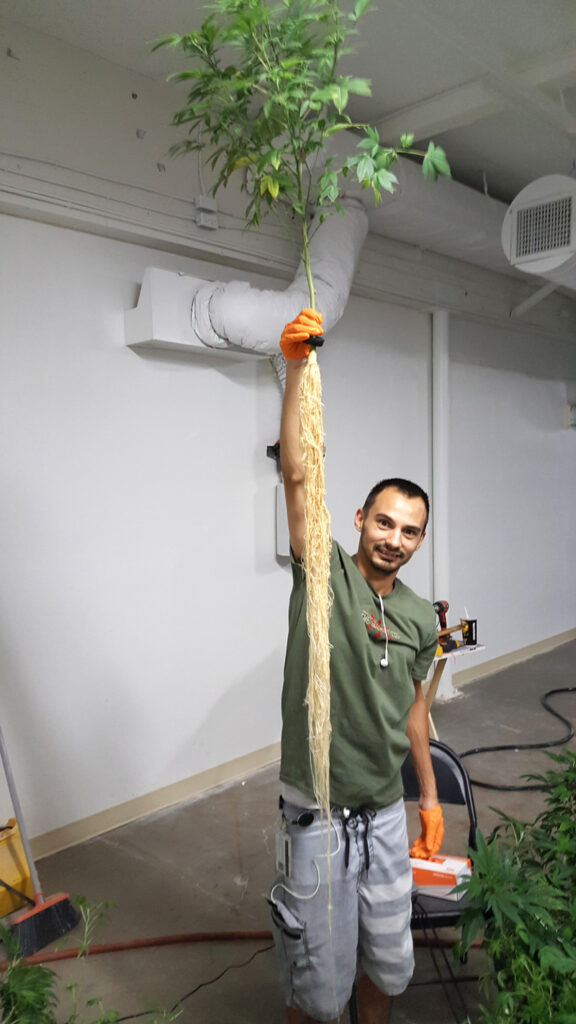Uplift’N / Hempshire - Case Study
Experience excellent results with outdoor, heirloom, hard-to-grow, and landrace genetics!
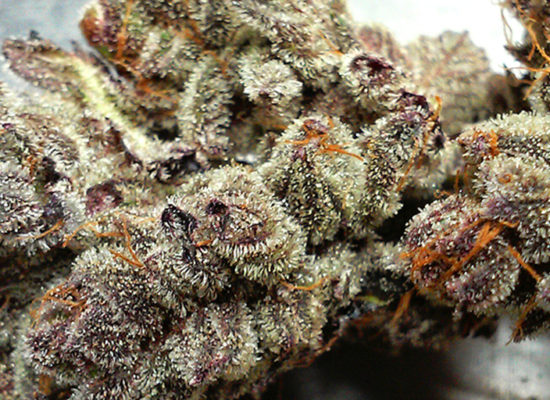

Genetics Matter: With almost five years of experience growing under The Sun On-Demand™, Nickolas Robb and his team reported yield increases of 30% to 70% and increases in potency for CBD, THC, other cannabinoids and terpenes between 3% and 10% when growing outdoor, landrace, and heirloom genetics.
For this team, high quality genetics were the number one priority. Next, they worked to recreate the vapor and pressure density environments of the genetics’ origins. Finally, they relied on Sunlighting technology to mimic the energies of the Sun. This also made their living teas even more alive!
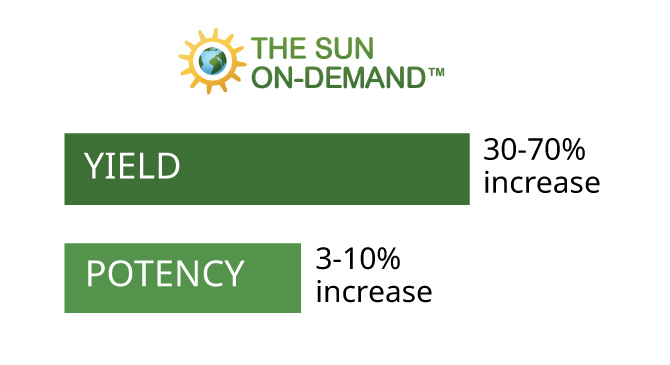
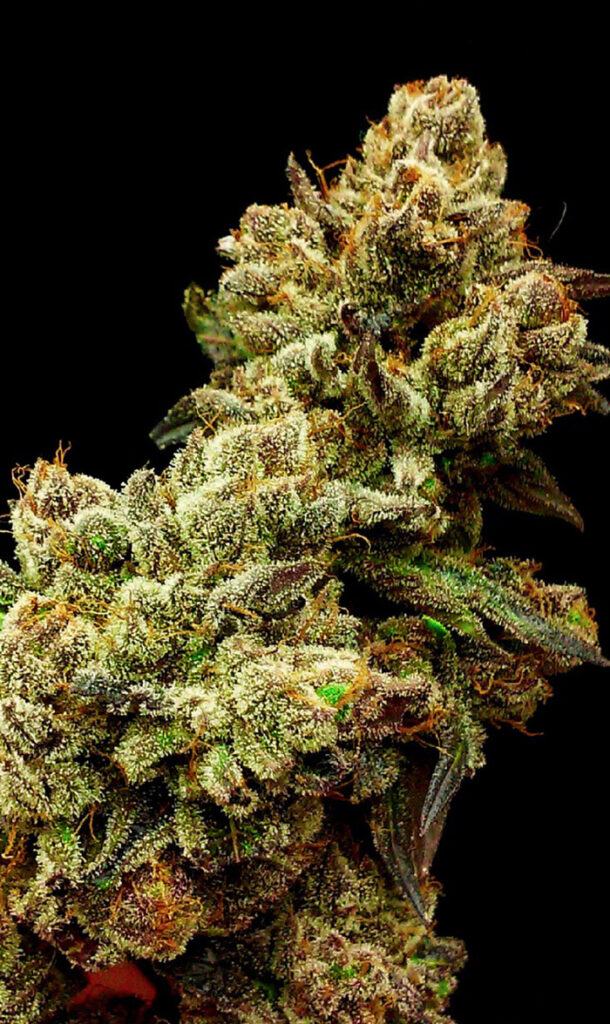
A finished headband flower, grown indoors under The Sun On-Demand™. Headband is a notoriously difficult strain to grow, typically producing popcorn buds. Note the crystals and resins increased from UV part of the spectrum.
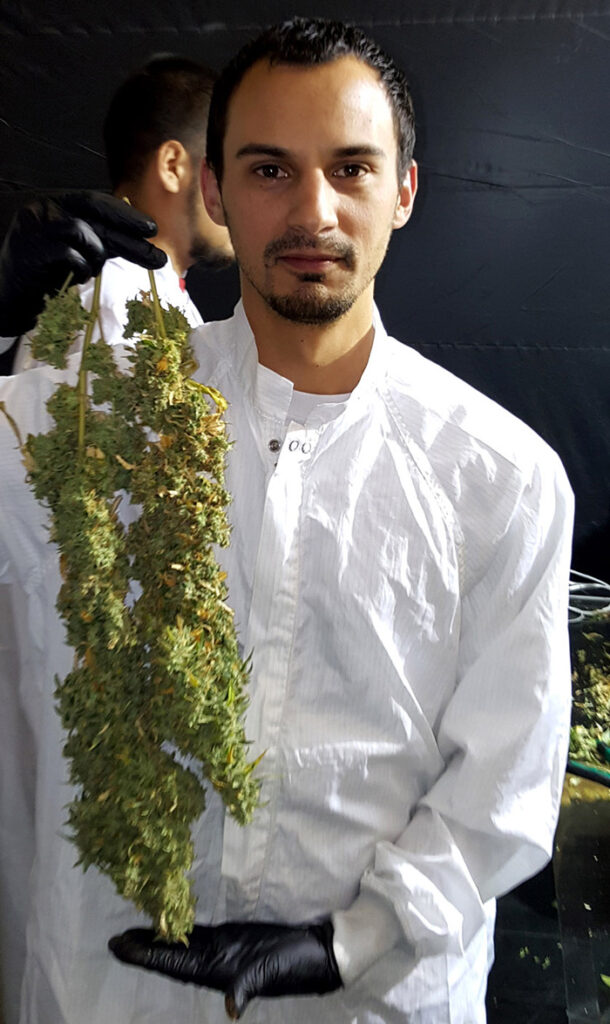
Two branches of White Fire OG Kush also grown under The Sun On-Demand™. Pictured here with cultivator Nathan Kiesel.
"We saw vibrant, true colors, and the actual chemical profiles of terpenes were enhanced significantly. We were able to focus on growing the oil with less biomass, with at least 5% increase in total cannabinoid content. We see the same effect every time."

One branch of Molokai Frost, a rare, hard-to-grow Hawaiian landrace grown indoors under The Sun On-Demand™. This is not the cola (top bud).
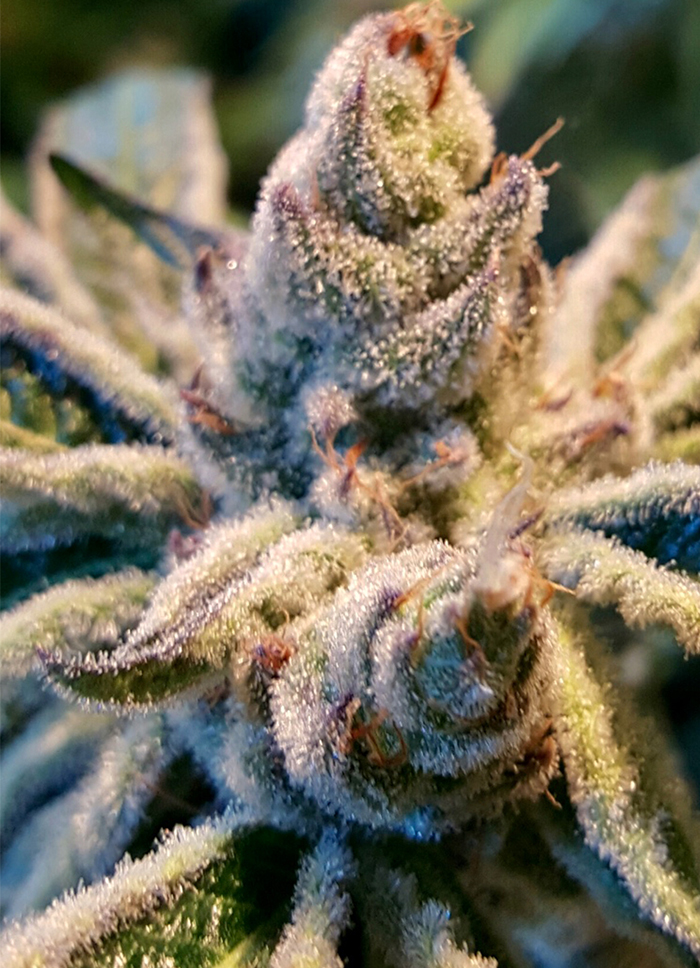
The trichome density on this Royal Flush flower shows the full genetic expression that is possible when plants are energized by the uniform range of sunlight frequencies.
"The light really changes the way the plant grows, in every aspect. If you know me, I’ve tried just about everything and this is the only thing I’ve ever found to actually make such a substantial difference in the entire grow cycle. It is why I have put over five years of my time into cultivating with The Sun On-Demand™."

This photo of nearly-finished Molokai Frost under The Sun On-Demand™ shows the bud structure stacking from the top of the plant all the way to the bottom of the plant. Very little “lollipopping” is done on these plants, resulting in less labor time and more oil. (TIP: be sure to get air flow in the bottom half of the canopy.)
"We never had any plants that had any diseases. We even forcefully infected some with Powdery Mildew (PM) (no pesticides), and were still able to harvest high quality, ready-for-market flowers (as verified with testing)."
Transplanting clones into the vegetation room. Grown under The Sun On-Demand™ and pictured here with cultivator Nathan Kiesel.
